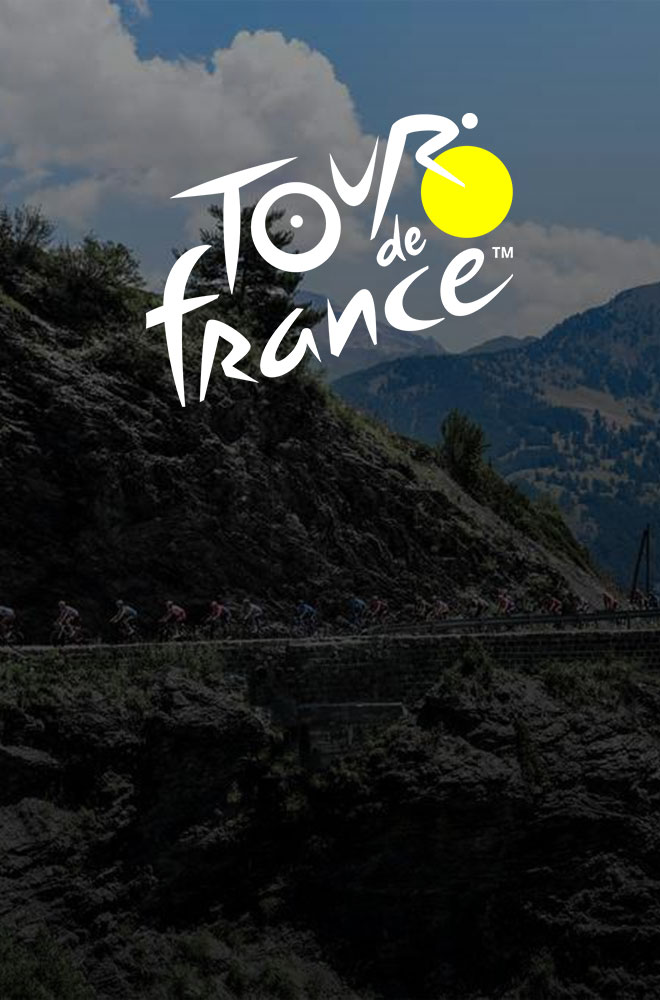10 YEARS OF PREPARATION
Cycling enthusiasts are sometimes frustrated at not being able to clearly identify the different groups of riders, whether they are in a breakaway or dropped by the pack. The geo-positioning resources that have been available and developing over the last ten years have opened up many opportunities to obtain an exact vision, in real-time, of the state of the race. In charge of information systems at A.S.O., Pascal Queirel has been studying these issues and recalls the first tests carried out: “In 2004, we had already put emitters on the cars following the riders on the time-trial up Alpe d'Huez. Then in 2008, for the Tour of Picardy, we did trials on the bikes and a larger number of riders. However, with GPRS transmission, there was a risk of network outage, either through saturation when there are too many people in attendance to watch the event, or when we crossed through uncovered zones”. Since the idea of transmitting this data by satellite was also abandoned, due to the weight of the emitters, the information was beamed via HF links already used for the video signals: the first full-scale experiment concerning the entire pack was conducted on Paris-Tours 2013.
THE TECHNICAL SOLUTION: A GRID OF SENSORS
In practice, 500 “trackers” were designed and manufactured to equip the bikes on the Tour de France 2015. Each of these sensors, which weigh 80 grams, is placed under the riders'saddles and can run independently for 5 stages. They transmit one signal per second and send their GPS coordinates via transmitters installed in 25 vehicles (race officials' and organisers' cars and bikes) which act as
uploading relays, i.e. they send the data to the relay aircraft. In the technical zone, the system set up with the assistance of Dimension Data centralises, processes and distributes this mass of information
to the technicians who format it and then make it available to the general public.
MORE PRECISE INFORMATION FOR THE WEB SITE AND TV...
For this world-first, the desired goal was to collect and use, with maximum reliability, the data from the 198 riders in the pack, given that all the cycling teams have decided to support this solution of the future and join in with this project. From now on, a web page complementary to the already existing tracking application on letour.fr will be published on-line, with live real-time tracking of group composition and gaps. Graphical representations are also prepared for the TV broadcasters who, for example, will instantly be able to identify riders who have fallen. What's more, the technology used, which records all the data, will make it possible in the future to re-create race sequences (sprints, attacks, etc.) in 3D for example. Watch this space...












